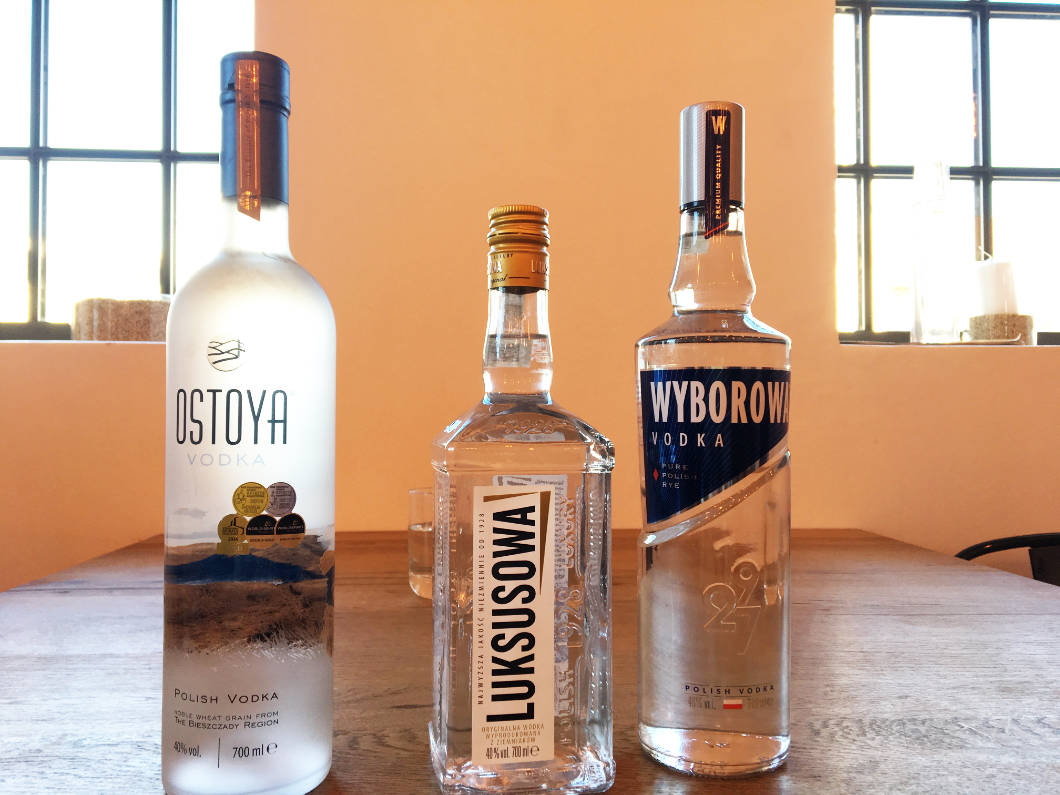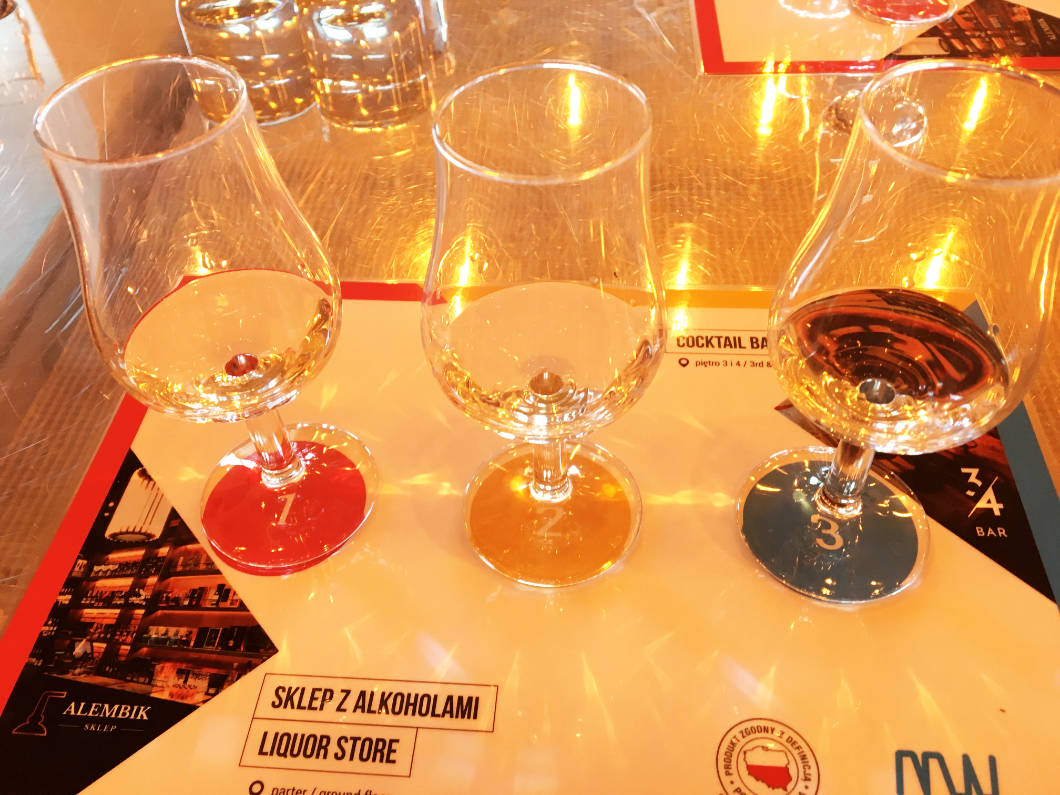For me, vodka has always belonged to Eastern Europe. When we were in Krakow, we came into contact with vodka and its tradition for the first time. When I discovered the Polish Vodka Museum in Warsaw while researching before our trip, it was clear that we absolutely had to go here.
A visit to the Polish Vodka Museum is only possible in conjunction with a guided tour. Most tours are in Polish. But once an hour there is also a tour in English.
The history of vodka in Poland
The first documented mention of vodka dates back to 1405 and is found in a court record. At that time, it is assumed, vodka had an alcohol concentration of 25% and was used exclusively for medicinal purposes.

In the second half of the 17th century, there was an oversupply of grain in Poland due to some political quarrels. Clearly, people did not want to let the grain go to waste and increased vodka production in Krakow, Poznan and Gdansk. Later, when grain could again be exported in sufficient quantities, potatoes were used for vodka production.
In 1782, the distillation process that is still common today was developed near Lviv in the Baczewski vodka distillery.
Most Polish vodka brands were created in the 19th century. Vodka production boomed in Poland until the Second World War. There are said to have been about 1200 distilleries. Many of them were destroyed or looted during the war.
After the war, the Polish People’s Republic established the state enterprise Polmos, which organised and supervised all the distilleries. In 1991, this company was again divided into small individual enterprises. Unfortunately, some distilleries did not survive this step, others were privatised.

In Poland, a purity law for Polish vodka was passed in 2013. This ordinance now regulates exactly which vodka is Polish vodka and which is not.
Consumers can easily recognise this by the label “Polska Wódka / Polish VODKA”. Some brands also have a quality seal from the Polish Vodka Association. The association has also laid down the requirements that Polish vodka must meet. According to these regulations, the vodka that can be called Polish vodka must be produced from one of the five grains grown in Poland (rye, wheat, triticale (a cross between wheat as the female partner and rye as the male partner), oats, barley) or potatoes. The entire process of its production must be carried out in Poland. Only the bottling can be done elsewhere.
Polish Vodka Museum
From the tram we walk a little until we come to the large old factory site of the Koneser Praga Center. The site in neo-Gothic style covers 50,000 m² and used to be the headquarters of the Warsaw vodka factory “Koneser”. The Polish vodka Luksusowa and Wyborowa were produced here.

In 2017, the Polish Vodka Museum opened here. We joined an English-language guided tour to learn about the history of vodka.
After a short film, we are guided through a small exhibition. Among other things, we learn a lot about the vodka production process. There are lots of display boards, but since we are here in a group, there is hardly any time for individual research. The guide urges us to move on and the next group is already following. It’s a pity, because I would have liked to look at some things more intensively.

I really like the fact that you can try out a lot of things here on screens or small stations. For example, there are glasses that show you how your optics change with certain amounts of alcohol.
Impressive is a room with many vodka bottles. Only here does one realise how many brands there have been to date. Some bottles are really exceptionally beautiful, other bottles remind me of the time of the Intershop when passing through on the transit route of the former GDR.

At the end of the tour, you don’t just stop by the shop of the house. So that you know what you can buy, there is a little tasting. Everyone who wants to is given three different vodka samples. We were told what to look for in the taste and what makes a good vodka. Even though I’ve rarely drunk vodka neat before, I can taste clear differences and quickly identified my favourite flavour.

All in all, the tour of the Polish Vodka Museum takes an hour.
Even though I would have liked to have had more time in some areas, I found the tour very entertaining, informative and good.
Address:
Centrum Praskie Koneser
Koneser Square 1
03-736 Warsaw
Webseite
Opening hours:
Sunday-Thursday: 11-20.30
Friday, Saturday: 11-21.30
Entrance fees:
Adults: 55 PLN
Discounts are offered.




Leave a Reply